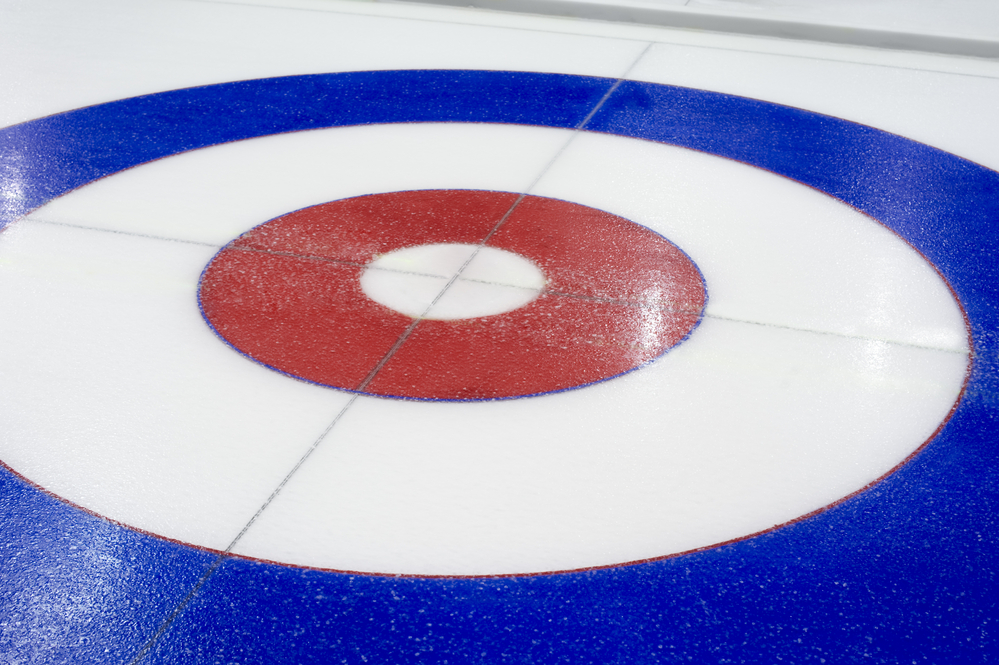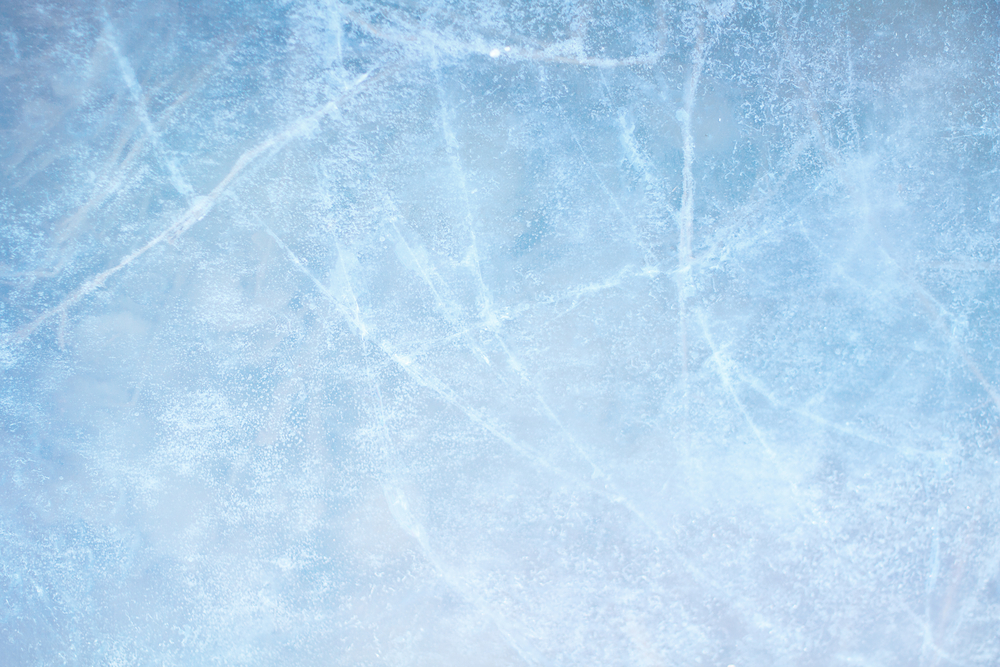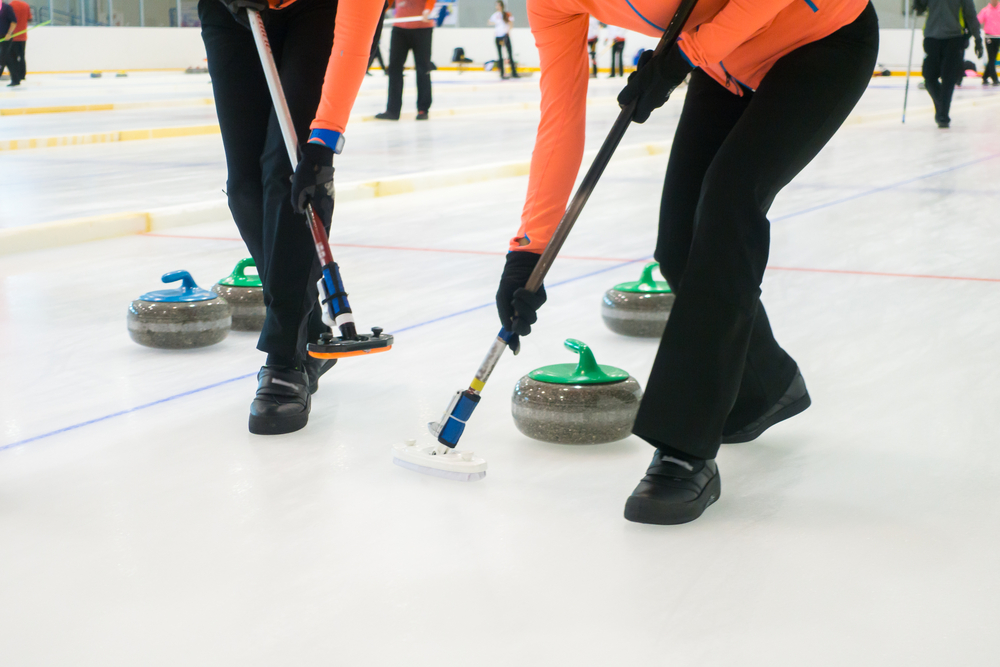Curling, a sport deeply rooted in precision and strategy, demands a playing surface that meets stringent standards. But the ice used for curling is not just any ice. It’s a carefully crafted platform that ensures the stone travels smoothly and consistently. But how exactly is this specialized ice made? Let’s delve into the meticulous process of creating the perfect curling sheet.

Laying the Foundation
The process of making curling ice begins much like any other ice rink – by freezing water. However, the journey to the ideal curling sheet requires careful attention to detail:
Water Quality
The water used is often de-ionized or treated to remove impurities. Pure water freezes clearer, ensuring a more consistent ice surface. The source of this water, whether tap, spring, or another source, plays a role in this purification process. Historically, methods of achieving this pure state might have varied, but modern technology allows for more efficient purification.
Layering
Instead of flooding the entire surface at once, the ice technicians apply water in thin layers, allowing each one to freeze before adding the next. This method prevents air bubbles and ensures a uniform thickness.
Temperature Control
To maintain the quality of curling ice, the temperature of the playing surface, the air above it, and the surrounding environment are all closely monitored and managed. These factors play a crucial role in ensuring consistent conditions for play. The technology used for monitoring these temperatures is advanced, ensuring precision throughout the process.
The Pebbling Process
Arguably the most distinguishing feature of curling ice is its pebbled texture. This isn’t a natural outcome of freezing water but a deliberate act to facilitate the stone’s glide:
The Pebbling Can
Technicians use a specially designed can with a perforated bottom. Typically constructed from materials optimized for this unique process, when filled with water and swung gently over the ice, it releases fine droplets that freeze on contact. Materials for the pebbling can have evolved over time, selected for their durability and effectiveness.
Pebble Size and Distribution
The size of the pebbles and the distance between them can vary. Depending on the desired ice speed and conditions, technicians might opt for larger or smaller droplets, adjusting the can’s settings or the water temperature.
Nipping
After pebbling, the ice isn’t quite ready for play. The newly formed pebbles are slightly too tall and sharp, which can cause irregular stone movements. Here comes the nipping process:
The Nipper
A specialized piece of equipment, the nipper is essentially a sharp blade that shaves off the tops of the pebbles. Made of specific materials tailored for this function, this makes the ice surface more predictable and consistent. The design and material choice for the nipper ensure its longevity and efficiency.
Customization
Based on player feedback or specific tournament requirements, the ice technicians might nip more or less, effectively adjusting the “speed” of the ice.
Maintenance to Ensure Consistency
A curling sheet is not a set-it-and-forget-it affair. Regular maintenance ensures consistent play throughout a match or tournament:
Scraping
Over time, repeated stone travel and foot traffic can wear down the pebbled surface. Technicians periodically scrape the ice to remove inconsistencies.
Re-Pebbling
Before each game, and sometimes even between game halves, technicians will re-pebble the ice to maintain that crucial textured surface.
Safety Considerations
Ensuring the safety of both the players and the officials is paramount when creating a curling sheet. From the early stages of the ice-making process to the final matches, precautions are in place to make sure the surface remains secure and free of defects that could lead to slips or falls.
Steps to Create Curling Ice
At a glance, a curling sheet might seem like a simple slab of frozen water. But as we’ve uncovered, it’s a marvel of sports engineering. The ice’s specific texture and characteristics play a massive role in the game’s strategy and outcome, making the ice technician’s role as vital as that of the players themselves. The next time you watch a curling stone glide gracefully across the ice, take a moment to appreciate the meticulous craftsmanship beneath it.


